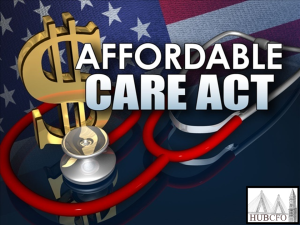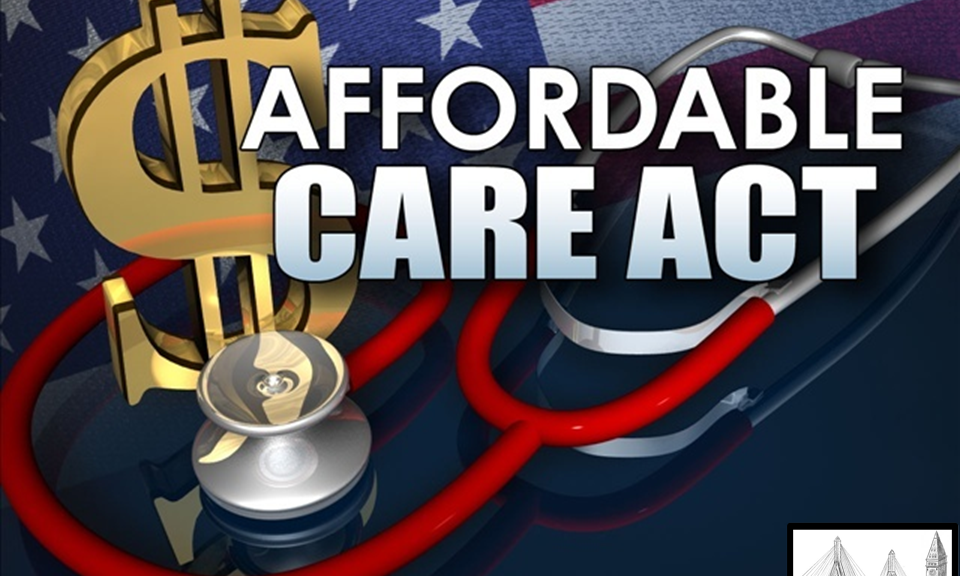ACA Facts for Individuals and Family

The Affordable Care Act contains two provisions that may affect your tax return this year: the individual shared responsibility provision and the premium tax credit. Here’s what you should know about ACA Facts for Individuals and Family members:
Information Forms: 1095-A, 1095-B, and 1095-C
This year marks the first time that certain taxpayers will receive new health-care related information forms that they can use to complete their tax return and then keep with their tax records.
These forms are used to report health coverage information for you, your spouse and any dependents when you file your 2015 individual income tax return in 2016. These forms are also filed with the IRS. Depending upon your specific circumstances, (i.e. whether you receive health insurance from the Health Insurance Marketplace, health coverage providers, or certain employers), you should have received one or more of these forms in early 2016. There are three types of information forms:
Form 1095-A, Health Insurance Marketplace Statement.
The Health Insurance Marketplace sends this form to individuals who enrolled in coverage there, with information about the coverage, who was covered, and when. This is the second year in which the Marketplace is issuing Form 1095-A to enrollees.
The deadline for the Marketplace to provide Form 1095-A is February 1, 2016. If you are expecting to receive a Form 1095-A, you should wait to file your 2015 income tax return until you receive that form.
Form 1095-B, Health Coverage.
Health insurance providers (e.g. health insurance companies) send this new form to individuals they cover, with information about who was covered and when.
Form 1095-C, Employer-Provided Health Insurance Offer and Coverage.
Certain employers send this new form to certain employees, with information about what coverage the employer offered. Employers that offer health coverage referred to as “self-insured coverage” send this form to individuals they cover, with information about who was covered and when.
The deadline for coverage providers to provide Forms 1095-B and employers to provide Form 1095-C is March 31, 2016.
Some taxpayers may not receive a Form 1095-B or Form 1095-C by the time they are ready to file their 2015 tax return. It is not necessary to wait for Forms 1095-B or 1095-C in order to file. Taxpayers may instead rely on other information about their health coverage and employer offer to prepare their returns.
Note: These new forms should not be attached to your income tax return.
Individual Shared Responsibility Provision
Another critical area of ACA Facts for Individuals and Family members is the individual shared responsibility provision, which requires everyone (you, your spouse, and dependents) on your tax return to have qualifying health care coverage for each month of the year or have a coverage exemption. Otherwise, you may be required to make an individual shared responsibility payment.
Here’s what you need to know about the key elements of the individual shared responsibility provision:
- If you maintain qualifying healthcare coverage for the entire year, you don’t need to do anything more than report that coverage on your federal income tax return by simply checking a box. Qualifying coverage includes most employer-sponsored coverage, coverage obtained through a Health Insurance Marketplace, coverage through most government-sponsored programs, as well as certain other specified health plans.
- If you go without coverage or experience a gap in coverage, you may qualify for an exemption from the requirement to have coverage (see below). If you qualify for an exemption, use Form 8965, Health Coverage Exemptions, to report a coverage exemption granted by the Marketplace or to claim a coverage exemption on your tax return.
If for any month during the year you don’t have qualifying coverage and you don’t qualify for an exemption, you will have to make an individual shared responsibility payment when you file your federal income tax return.
- The payment amount for 2015 is the greater of 2 percent of the household income above the taxpayer’s filing threshold, or $325 per adult plus $162.50 per child (limited to a family maximum of $975). This payment is capped at the cost of the national average premium for a bronze level health plan available through Marketplaces that would provide coverage for the taxpayer’s family members that neither had qualifying coverage nor qualify for a coverage exemption. The instructions for Form 8965, Health Coverage Exemptions, provide the information needed to calculate the payment that will be reported on your federal income tax return.
Health Coverage Exemptions
Individuals who go without coverage or experience a gap in coverage may qualify for an exemption from the requirement to have coverage.
- You may qualify for an exemption if one of the following applies:
- You do not have access to affordable coverage
- You have a one-time gap of less than three consecutive months without coverage
- You qualify for one of several other exemptions, including a hardship exemption
- How you get an exemption depends on the type of exemption. You can obtain some exemptions only from the Marketplace in the area where you live, others only from the IRS when filing your income tax return, and others from either the Marketplace or the IRS.
- If you qualify for an exemption, you use Form 8965 to report a coverage exemption granted by the Marketplace or to claim a coverage exemption on your tax return.
Premium Tax Credit
The premium tax credit (PTC) is a credit that helps eligible individuals and families with low or moderate income afford health insurance purchased through the Health Insurance Marketplace. Claiming the premium tax credit may increase your refund or lower the amount of tax that you would otherwise owe.
If you did not get advance credit payments in 2015, you can claim the full benefit of the premium tax credit that you are allowed when you file your tax return. You must file Form 8962 to claim the PTC on your tax return.
More Information
Please call the office is you would like more information about the premium tax credit or the individual shared responsibility payment, or any other aspect of the ACA Facts for Individuals and Family members that might be impacting you and your family.
Website www.HubCFO.com
Blog www.Blog.HubCFO.com
Twitter https://twitter.com/HubCFO_LLC
LinkedIn https://www.linkedin.com/company/hubcfo
Facebook https://www.facebook.com/Hub-CFO
Google+ https://plus.google.com/+Hubcfo
YouTube https://plus.google.com/+Hubcfo/videos

